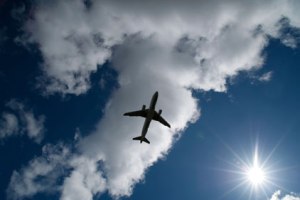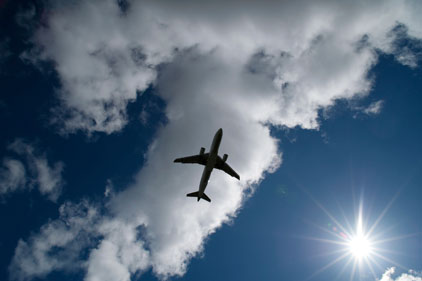 Following the investigation of five incidents in which commercial jetliners came within hazardous proximity of other aircraft while arriving or departing at major U.S. airports, the National Transportation Safety Board (NTSB) has recommended that the Federal Aviation Administration (FAA) modify the rules for air traffic controllers to ensure the safe separation of airplanes during go-around maneuvers.
Following the investigation of five incidents in which commercial jetliners came within hazardous proximity of other aircraft while arriving or departing at major U.S. airports, the National Transportation Safety Board (NTSB) has recommended that the Federal Aviation Administration (FAA) modify the rules for air traffic controllers to ensure the safe separation of airplanes during go-around maneuvers.
A go-around – an aborted landing attempt by an airplane on final approach – can be initiated at the direction of ATC or by the flight crew upon a determination that circumstances are unfavorable for a safe landing.
Intersecting flightpaths
The safety hazard identified in the five incidents all occurred when an airplane that was on approach to the airport aborted the landing attempt and initiated a go-around maneuver, which put the go-around airplane on a flightpath that intersected with that of another airplane that was either departing or arriving on another runway of the same airport.
Although current FAA procedures have specific requirements for ensuring the separation between two airplanes that are departing from different runways but that have intersecting flightpaths, they do not prohibit controllers from clearing an airplane to land at a time when it would create a potential collision hazard with another aircraft if the pilots of the landing airplane perform a go-around.
Evasive maneuvers
In such situations, a flight crew performing a go-around may be put into the position of having to execute evasive maneuvers at low altitude and high closing speeds with little time to avoid a mid-air collision. The NTSB has determined that existing FAA separation standards and operating procedures are inadequate and need to be revised to ensure the safe separation between aircraft near the airport environment.
The NTSB has recommended that the FAA modify air traffic control procedures so that an airplane that executes a go-around instead of landing as expected, will not be put on a potential collision course with another airplane either in the process of landing or departing.
Twice, planes came within 100' of each other
The incidents upon which this safety recommendation is based are listed below.
• Las Vegas McCarran International Airport
On July 30, 2012, at 1:44 p.m., a Spirit Airlines A-319 was executing a go-around as a Dotcom Cessna Citation 510 was on short final for landing on another runway. The two planes came within about 1,300 feet laterally and 100 feet vertically of each other.
• New York John F. Kennedy International Airport
On July 30, 2012, at 4:04 p.m., an American Airlines B-737 was executing a go-around as a Pinnacle Airlines CRJ 200 regional jet was departing from another runway. The two planes came within about 1,800 feet laterally and 300 feet vertically of each other.
• Charlotte-Douglas International Airport
On July 14, 2012, at 11:44 a.m., an ExpressJet Embraer 145 regional jet was executing a go-around as an Air Wisconsin Canadair RJ was departing from another runway. The two planes came within about 1,000 feet laterally and 400 feet vertically of each other.
• Las Vegas McCarran International Airport
On April 26, 2012, at 11:25 a.m., a JetBlue Airways A-320 was executing a go-around as a Learjet 60 business jet was departing from another runway. The two planes came within about 1,800 feet laterally and 100 feet vertically of each other.
• Las Vegas McCarran International Airport
On January 27, 2006, at 5:44 p.m., a near mid-air collision occurred when a United Airlines A-320 was executing a go-around as an American Airlines B-757 jet was departing from another runway. The two planes came within about 1,400 feet laterally and 300 feet vertically of each other.
The complete safety recommendation letter to the FAA, which includes additional information about the incidents referenced above, is available at http://go.usa.gov/busC.







